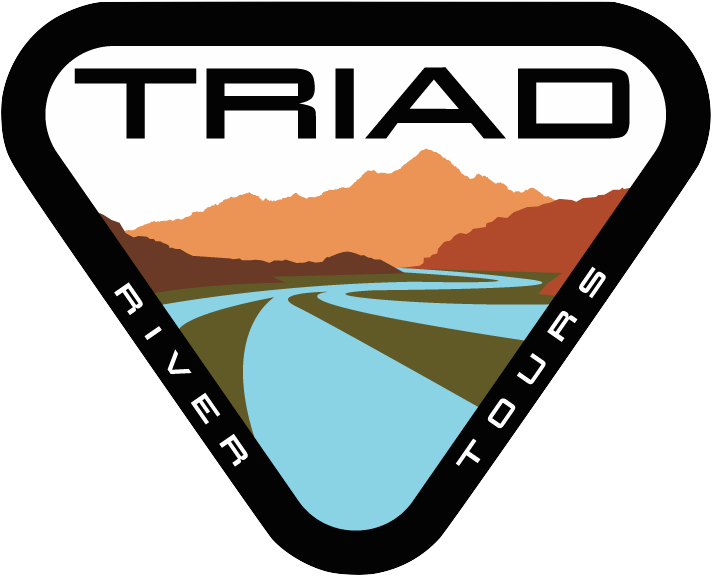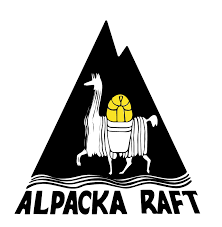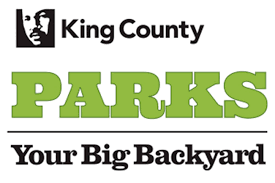Throughout 2018, there have been an estimated 700,000 whitewater paddlers in the United States. Some of these rafters have been paddling for decades and some have just begun this tremendously fun and exhilarating hobby. Rafting difficulty ranges from class 1 whitewater rafting to class 5 whitewater rafting.
Safety, skills, and owning and wearing the correct gear is essential, but it's just as important to be fully aware of all the various types of whitewater rafting rafts:
Whether you're just starting out or are planning on taking multiple class 5 whitewater rafting trips this year, here are some of the various types of whitewater rafts that you should know:
Kayaks -- Kayaks are the most well-known rafting craft when it comes to whitewater paddling. There are two types of kayaks: sea kayaks and whitewater kayaks. Sea kayaks are typically much longer and far less maneuverable than those used for whitewater rafts.
Catarafts -- These rafts are built with a metal frame called shredders. They are made from two inflatable pontoons on both sides of the raft and they are bridged in the middle by a solid frame. Only one person rows this raft at once.
Canoes -- The traditional rafting vehicle is the canoe, which has been around for centuries, first created from tree trunks. Nowadays, these rafts are made from Kevlar, plastic, and even fiberglass. Additionally, spray covers are equipped on the canoe's frame in order to keep water out from the hull. If a canoe rolls over in the water, it can be tipped and flipped over, though not as easy as it is to flip a kayak back over.
River Bugs -- River Bugs are great for whitewater rafting but are for much more experienced paddlers since they are extremely small and involve hand and feet paddling. You won't have to steer this raft all that much, so just sit back and enjoy the ride!
Whether you’re an experienced class 5 whitewater rafter or you’re thinking about booking a trip down the Snake or Wenatchee river, give Triad River Tours a call right away.
Read more:




















